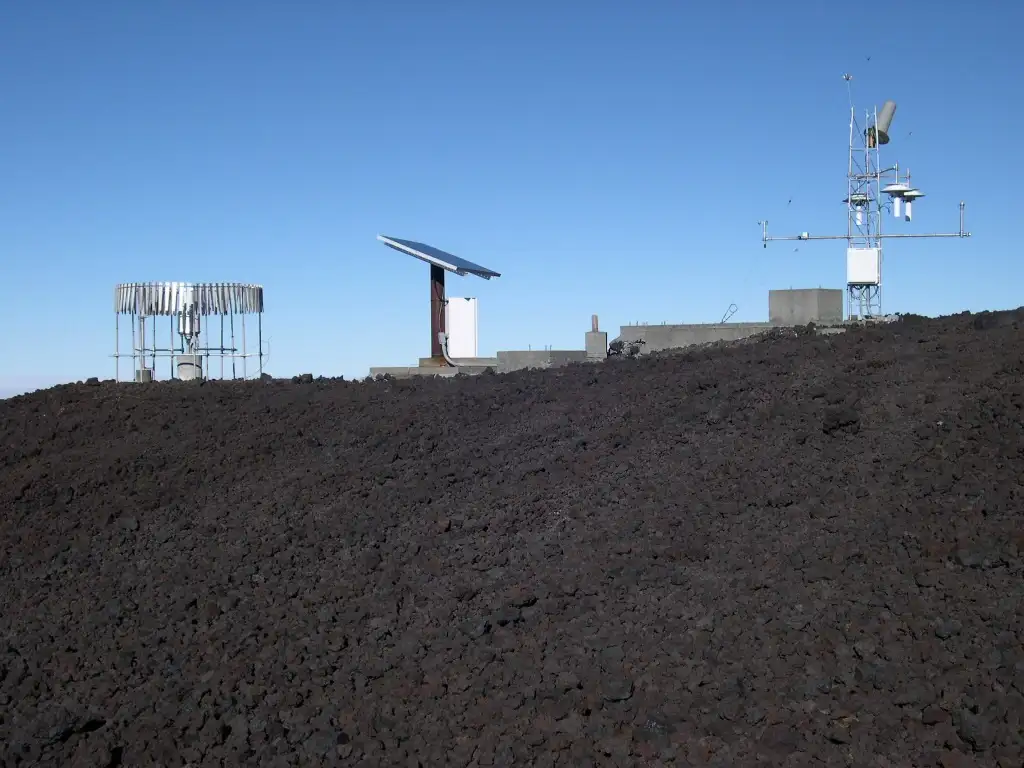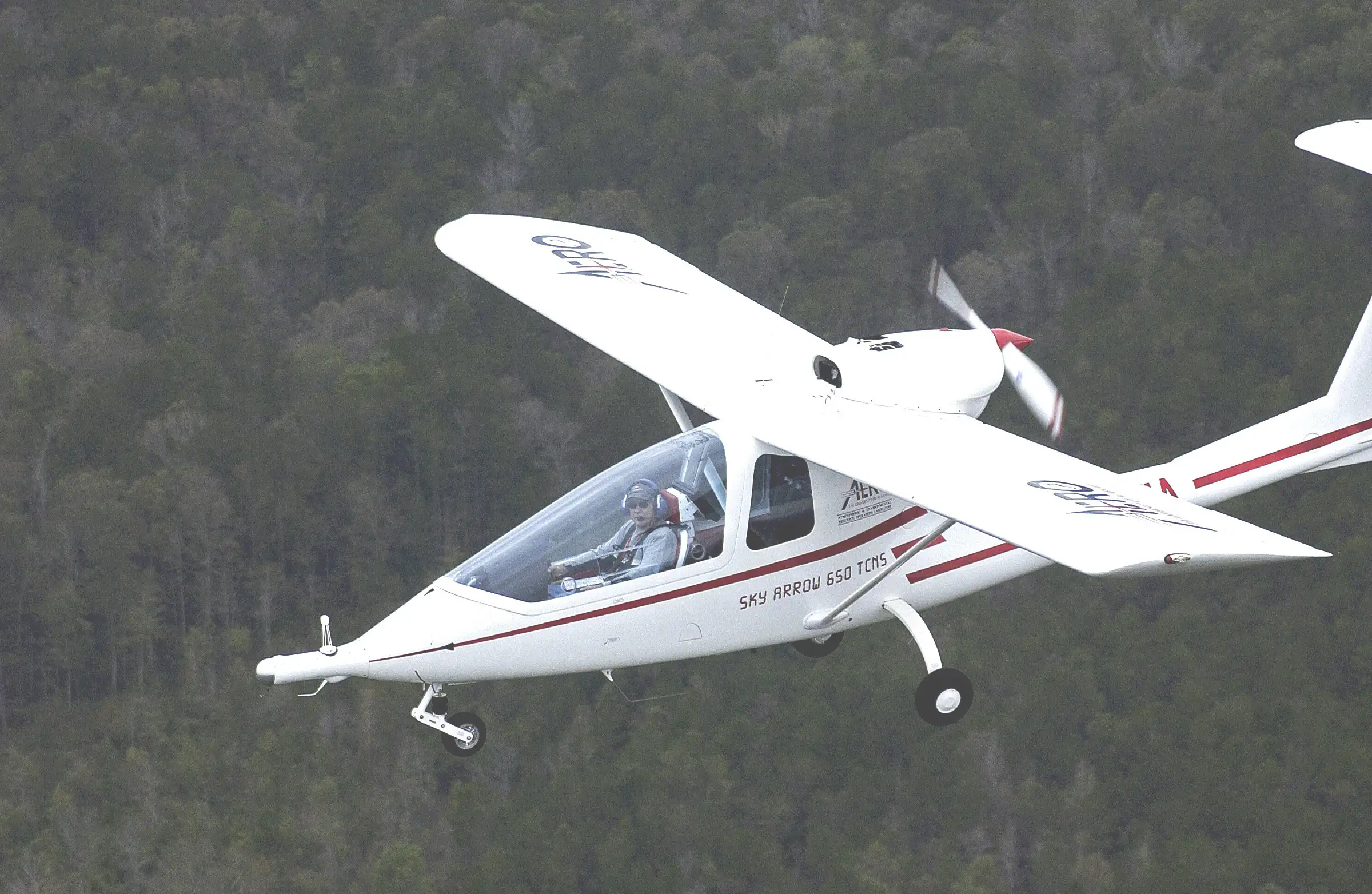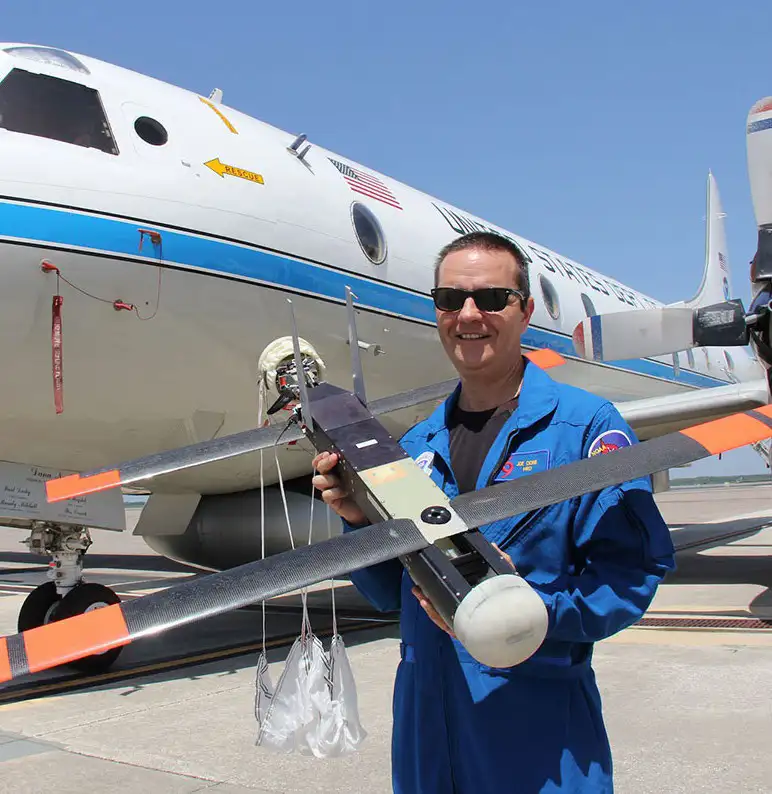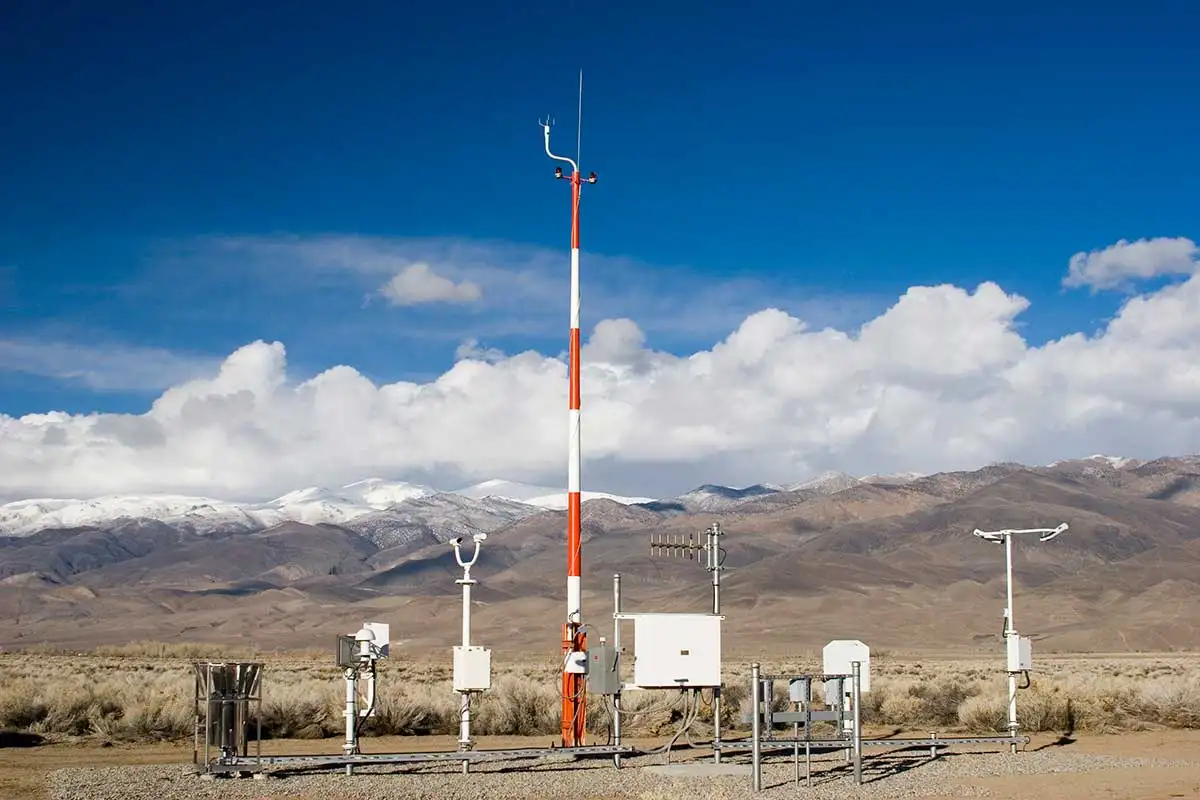The National Oceanic and Atmospheric Administration (NOAA) is an agency within the United States Department of Commerce. They are tasked with forecasting weather, monitoring oceanic and atmospheric conditions, charting the seas, conducting deep sea exploration, managing fishing and protection of marine mammals and endangered species, and much more. One thing you might not know is that ORAU has an interesting connection to NOAA and the U.S. Climate Reference Network.
What is the U.S. Climate Reference Network?

The U.S. Climate Reference Network is a system of 114 climate monitoring stations scattered throughout the continental United States, with an additional 23 stations in Alaska (eventually 29 stations by 2027) and two in Hawaii. An additional station is located in Canada to benchmark the U.S. networks with our North American partners.
All the stations have sensors with the capabilities to read air temperature, precipitation, relative humidity, wind speed and solar radiation. Additionally, most of these stations also have sensors to read soil moisture, and soil temperature. The data collected through the U.S. Climate Reference Network are used to monitor trends in the nation's climate and support climate-impact research, while supporting water resource management.
ORAU’s ties to NOAA: The Atmospheric Turbulence & Diffusion Division and Air Resources Laboratory

Best Airborne Turbulence (BAT) Probe
Now that we have covered a little about NOAA and the Climate Reference Network, let’s discuss the connection to Oak Ridge and ORAU. ORAU works in partnership with NOAA's Atmospheric Turbulence & Diffusion Division (ATDD) to perform advanced weather and climate research. This may involve activities such as flying drones to better understand patterns of unpredictable weather or engineering and maintaining the U.S. Climate Reference Network.
As a part of NOAA’s Air Resources Laboratory, ORAU’s atmospheric scientists at ATDD provide engineering expertise on the development and deployment of instrumentation and data analysis for short intensive campaigns to multi-decade, nationwide climate monitoring stations and systems. These innovative systems, such as the Best Airborne Turbulence (BAT) Probe (pictured here) and the U.S. Climate Reference Network, offer insight into the implications of climate change and air quality on a nationwide scale.
From flying drones into hurricanes to atmospheric dispersion studies in NYC: A look at key projects from ATDD through the years
2004: ATDD supported NOAA in the completion of a specialized instrument to measure land-use effects in the southeastern United States. This was an innovative way to better determine the carbon dioxide balance between the air and the surface, which is a key driver of global warming.
2005: NOAA and ATDD helped conduct the largest field study ever performed in Manhattan of airborne materials dispersion in an urban environment. The project was a joint effort with the U.S. Department of Homeland Security, the Department of Energy, the U.S. Department of Defense, and the Environmental Protection Agency. It brought 100 scientists, engineers, and student assistants to New York to study how airborne materials scatter in areas with large skyscrapers and underground transportation systems.
2012: ATDD received a $770,000 National Science Foundation grant for ORAU and NOAA climate experts to study greenhouse gas emissions in the Arctic. The study was performed to determine whether the effects of global warming in the Arctic were originating from naturally occurring greenhouse gases or from those created by humans. Over the course of 10 days in August 2013, a DA42 Centaur aircraft flew at low altitudes, roughly 10 to 30 meters aboveground, to measure the vertical structure of wind, temperature, and greenhouse gases.
2019: Soil was collected from the climate monitoring stations across the United States. The soil was tested to uncover what is happening to climates and ecologies across the country. Specifically, the soil is being inspected for moisture levels and changes over time that may impact the climate or ecology surrounding a given station location.

Ron Dobosy, a now retired atmospheric scientist from ORAU/ATDD, helped hurricane hunter Joe Cione (pictured above) create a device to get inside Hurricane Michael.
2020: Ron Dobosy, a now retired atmospheric scientist from ORAU/ATDD, helped hurricane hunter Joe Cione create a device to get inside Hurricane Michael. The unmanned aircraft, known as a Coyote (pictured here), launched midair from the hurricane hunters’ plane right into the eye of the storm. Once the Coyote was snatched into the hurricane’s force, it began collecting data and transmitted information back to the hurricane hunters via radio signal, all while being swirled around in nearly 225 mph winds.
2023: In summer 2023, ORAU atmospheric scientists supporting ATDD traveled to Alaska to expand the Climate Reference Network. One of the installation sites was the remote region around Huselia, which is only accessible by sea plane. One of the biggest tasks was testing how well the equipment will withstand the extreme subzero temperatures. This required the use of a cold test chamber, which is similar to a big walk-in freezer, except the chamber can go as low as below minus 40 degrees Fahrenheit.
More things to know about the Air Resources Laboratory
The Air Resources Laboratory’s (ARL) mission is to improve the ability of the nation to protect human and ecosystem health and to support a vibrant economy through advanced atmospheric sciences and technologies. Specifically, ARL’s research focus is on the surface of the earth from a few feet below the soil up to 2-3 miles in the atmosphere (aka the boundary layer), which has a direct impact on people’s health and safety, business, and the environment. Because this research has an impact on human life, it’s important to understand the work that is done both in Oak Ridge and across the country. Not only does the ARL perform research on current environmental conditions, but they also use projection techniques to predict what could happen in the future. To learn more about the ARL, check out our podcast with LaToya Myles, deputy director of the Air Resources Laboratory at the National Oceanic and Atmospheric Administration Atmospheric Turbulence and Diffusion Division.
Want to learn more about NOAA, ATDD, and the Air Resources Laboratory? Visit our website to see how ORAU is contributing to crucial air quality, weather, and climate research!
